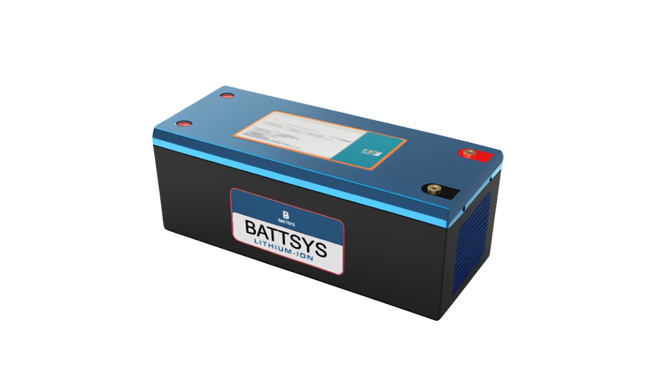Charging method for lithium battery of golf cart.
Nowadays, most golf carts use lithium batteries, although lithium batteries rarely have the memory effect of nickel cadmium batteries. The principle of memory effect is crystallization, and this reaction is almost non-existent in lithium batteries. However, the capacity of lithium battery electric vehicles still decreases after multiple charging and discharging cycles, and the reasons are complex and diverse. The main reason is the change in the positive and negative electrode materials themselves. From a molecular perspective, the hole structure that accommodates lithium ions on the positive and negative electrodes will gradually collapse and block; Ultimately, the number of lithium ions that can freely move during the charging and discharging process in lithium-ion electric vehicle batteries was reduced. Regarding the first charging of lithium batteries, the issue of charging time and method for lithium batteries.
Golf cart lithium battery
It is wrong to blindly pursue 12 hour ultra long charging and the practice of using
lithium battery power to automatically drain. If you have previously followed incorrect statements, please correct them promptly.
Correct usage method

The correct usage of lithium batteries can be summarized into three points. The editor has summarized the following three major charging and discharging issues:
1. Charge according to standard time and procedures, even for the first three times; (Editor's note: Especially avoid charging for more than 12 hours)
2. When the lithium battery shows a low battery warning during the operation of the electric vehicle, it should be charged as soon as possible. (Editor's note: It is strongly not recommended to use a fast charging station as it can damage the battery. Not all claims on the market about recharging after the battery is fully charged or charging for a long time also depend on the type of battery. The practice of "trying to use up the battery of an electric vehicle, preferably when it cannot run on the road" is actually only used on nickel batteries, with the purpose of avoiding battery memory effects.)
3. The activation of lithium battery electric vehicles does not require special methods, and the lithium battery will naturally activate during the operation of the electric vehicle. If you deliberately use the method of "activating the first three 12 hour long charges" that has been circulating, it will only be futile and have no effect.
Daily maintenance and preservation of lithium batteries
Lithium primary batteries have very low self discharge and can generally be stored for up to 3 years. When stored under refrigeration conditions, the effect will be better. Storing lithium primary batteries in a low-temperature location is a good method.
Lithium batteries can be stored for over six months at 20 ℃ due to their low self discharge rate and the ability to recover most of their capacity. The self discharge phenomenon of lithium batteries, if the battery voltage is stored below 3.6V for a long time, will cause the battery to over discharge and damage the internal structure of the battery, reducing the battery life. Therefore, long-term stored lithium batteries should be recharged every 3-6 months, that is, charged to a voltage of 3.8-3.9V (the optimal storage voltage for lithium batteries is around 3.85V), and should not be fully charged. The application temperature range of lithium batteries is very wide. They can still be used outdoors in winter in the north, but their capacity will decrease significantly. If they return to room temperature, their capacity can be restored, which is affected by certain temperatures. Lithium primary batteries are different from lithium-ion batteries in that they cannot be charged and charging is very dangerous. Other precautions are equivalent to lithium-ion batteries.
